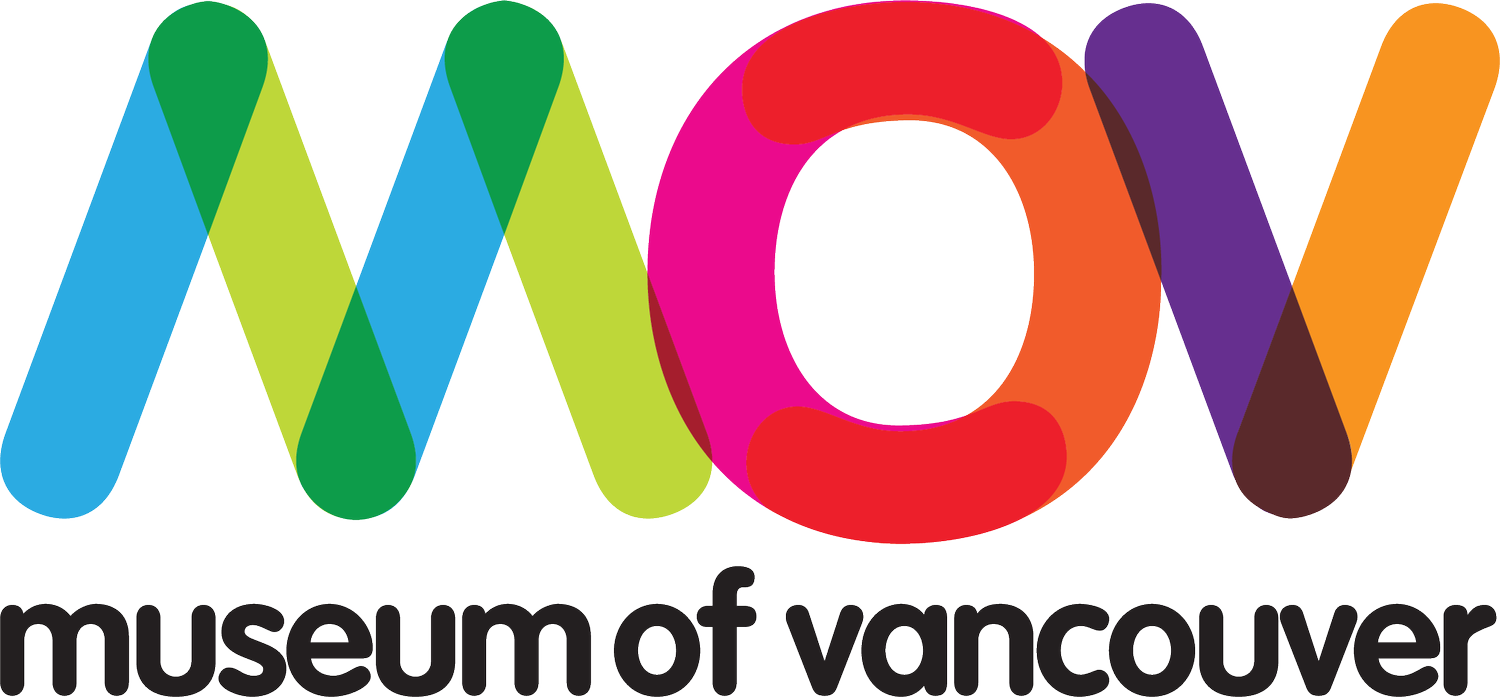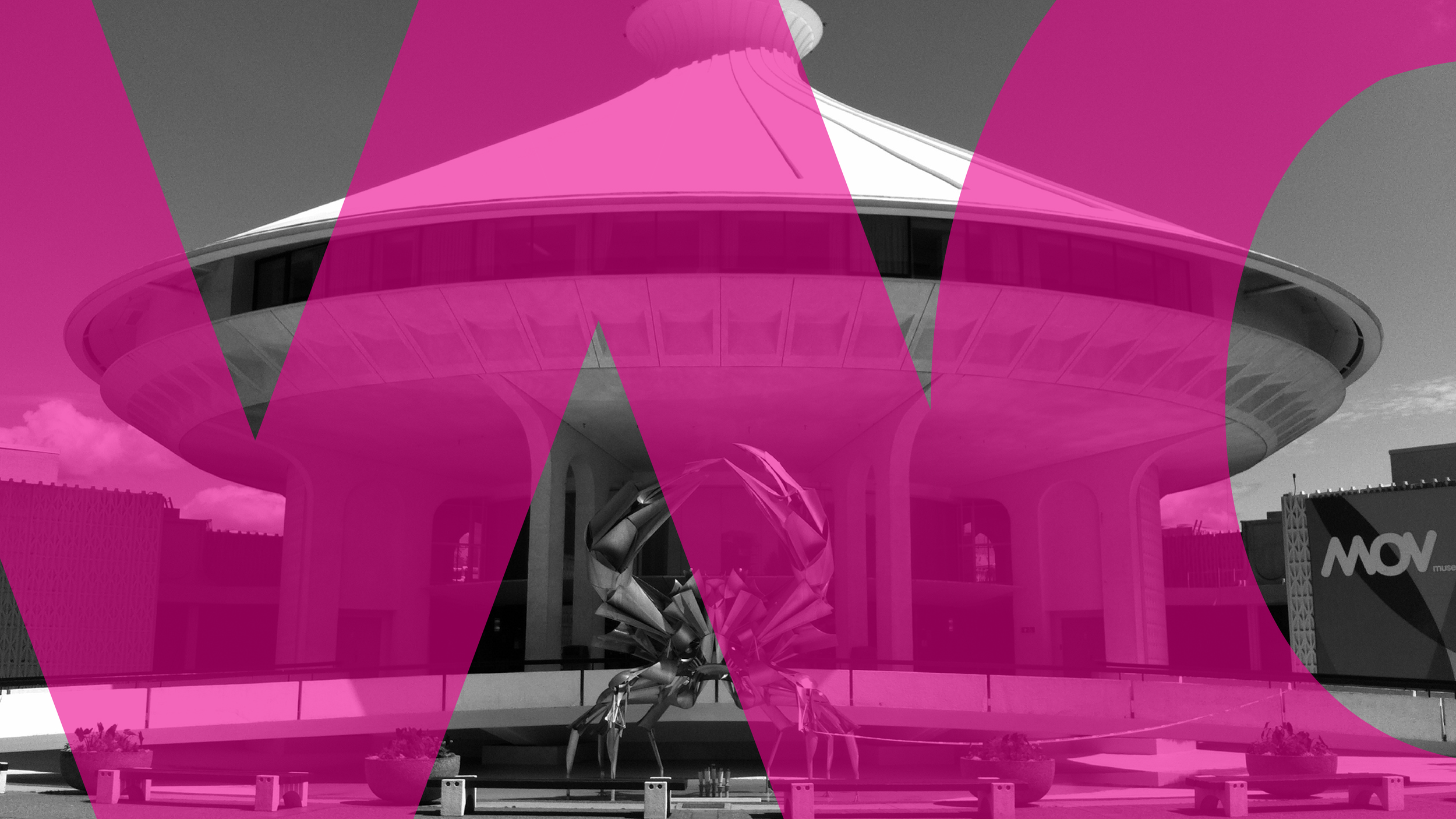Sponsored by
1900s - 1920s: Gateway to the Pacific
• Everyone hyping Vancouver?
• Vancouver in the grip of real estate frenzy?
• House prices soaring, then crashing?
That’s the City of Vancouver in the early 1900s.
Vancouver became a big city whose busy streets flash by in the 1907 Then and Now film.
Streetcar lines extended south and east, encouraging new developments. Substantial communities of Chinese, Japanese, and South Asians made their homes here, in spite of deep prejudice that flared in the Anti-Asian Riot and the Komagata Maru incident.
The shadow side of Vancouver’s “golden years” becomes harder to ignore.
Dreams of safe, prosperous homes in a beautiful corner of the British Empire were tested by economic collapse in 1913 and world war in 1914.
Sponsored by
1930s - 1940s: Boom, Bust, and War
The City of Vancouver and the neighbouring towns of South Vancouver and Point Grey joined together in 1929.
As Canada’s third largest city, Vancouver, they undertook a city plan -- the first (and some would say only) comprehensive plan for Vancouver.
With the market crash of 1929, resource prices plummeted and Vancouver landed on the skids. Big civic plans were put on hold as residents struggled with lost jobs, slashed wages, evictions, and foreclosures.
When Canada entered the war in 1939, Vancouver factories geared up for record production. Shipyards began producing a ship every two weeks. After Pearl Harbour, the well-established Japanese Canadian community on the coast was shattered.
Officials confiscated their property and forced them to leave a 100-mile “protected area” along B.C.’s coast for internment camps in the interior.
Sponsored by:
1950s: The ‘50s Gallery
Experience the modest, hopeful dreams of post-war Vancouver.
The City of Vancouver's once streetcar lined streets are altered and re-shaped to accommodate cars.
See the neon light up downtown when folks go to nightclubs and movies.
Pose for street photographer Foncie Pulice as he snaps portraits of the sidewalk parade.
Check out the jukebox and the private lives of teenagers.
Live the post-war dream in the neighbourhood of Fraserview, as veterans’ families move into brand new housing.
Sponsored by
1960s - 1970s: You Say You Want A Revolution
Young people searching for an alternative way of life made the City of Vancouver the hippie capital of Canada. Kitsilano, at the time a neighbourhood with cheap housing, became home to Vancouver's radical youth.
The 1960s and 1970s were a time of contention as the city grew in to itself and now internationally known "radical" groups like Greenpeace started right here on home turf.
Groove on Vancouver, the coolest city on the Canadian coast. Visit the hippies’ communal house, try on macramé finery, and listen to great Vancouver bands from the late 1960s.
Look for your mom or dad, or yourself, in swinging footage of the Stanley Park Be-In.
Follow the action as Vancouverites – both hippie and straight – fought the freeway, saved their neighbourhoods, and changed the way city planning is done.





